Cattle
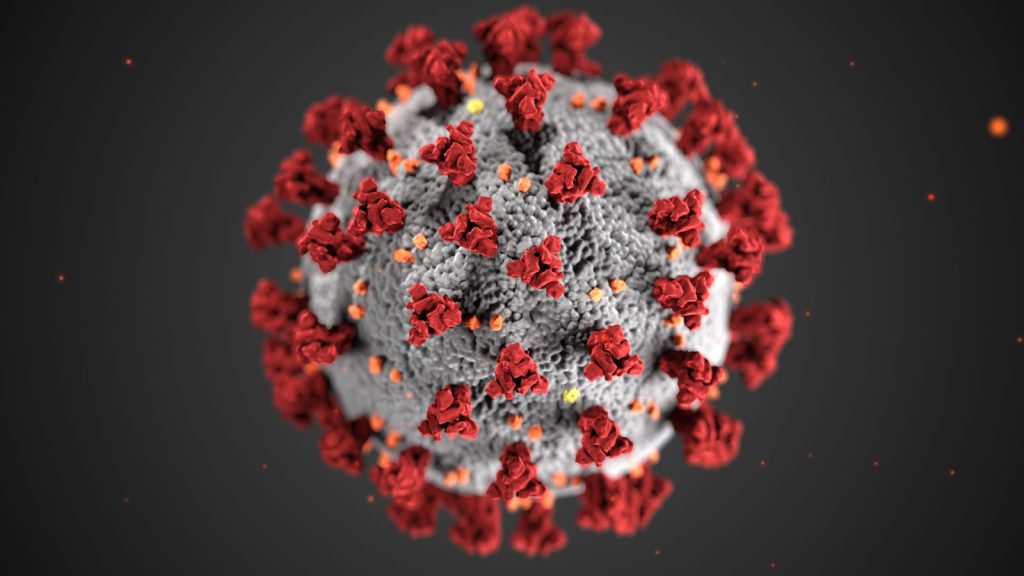
Repeat Breeding and Pandemic
Introduction Till 70’s the milk has not been sold from villages, but now due to huge processing plants, milk is being sold. The milk production has become a big enterprise. To increase the milk production exotic breeds like Jersey and Holstein are being maintained. The sexed semen of these two breeds has meant fast replacement…
read more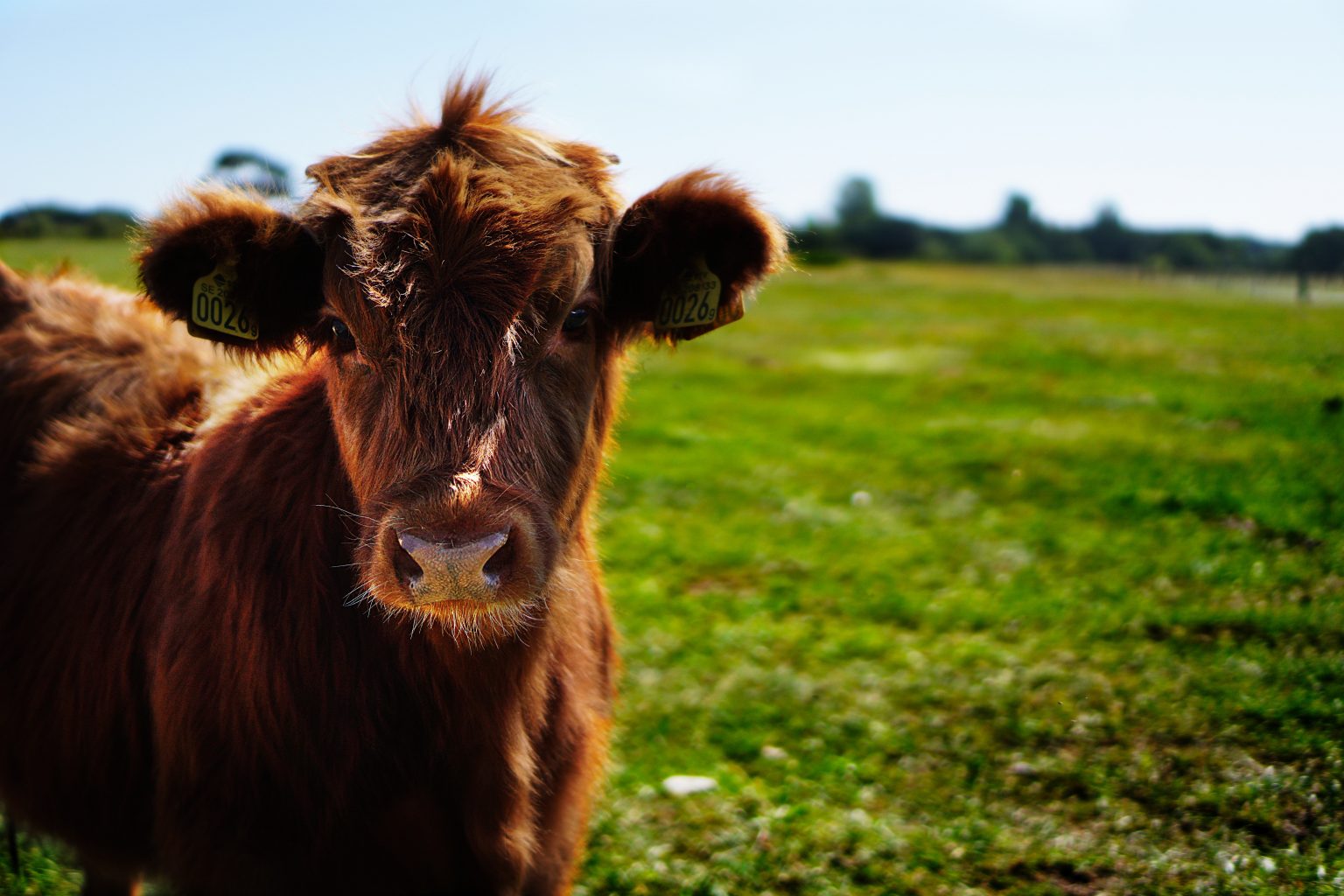
Calf Feeding: What is Balanced Feed
Introduction Forovercoming Repeat Breeding the calf should be reared according to the standards. The standard is that Holstein cow should be 100kg in 100 days. For this in brief the calf should be given colostrum just after birth, then it should be given milk amounting to 1/10th of its body weight. After 10 days, the…
read more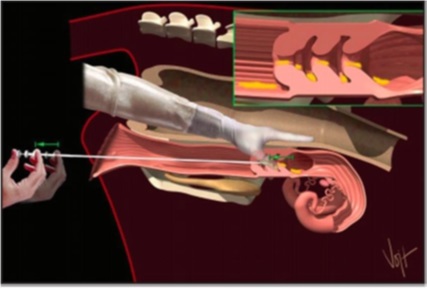
Artificial Insemination: Points to Remember
The high-quality proven semen should be used, and semen should be deposited in the mid-cervical region for the proper capacitation of the sperm. The correct method of AI is given in the figure and the description is available on YouTube. (See the figure below). Method of Doing AI in Cattle Myth Related to AI (Artificial…
read more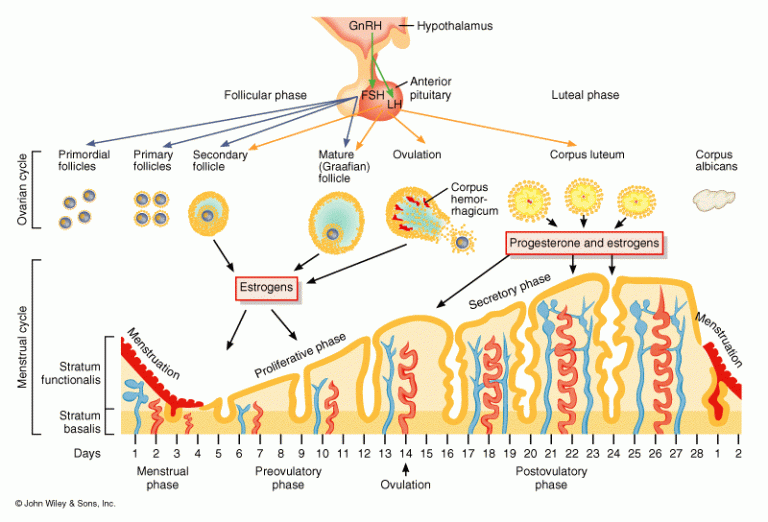
Difference between Estrus cycle and Menstrual Cycle
Estrus cycle is of 21 days in Horse, Goat, Cow and Buffalo, whereas in Sheep it is of 16 days and in Dogs it is 150 to 200 days. The word estrus has been derived from the roman word Oestrus which means there is a mad desire for sex for 48 hours and copulation is…
read moreRepeat Breeding In Cows and Buffalo
Introduction to Repeat Breeding The problem of repeat breeding is a severe problem of dairy. Repeat breeding means after several artificial inseminations the cow does not fall pregnant. As such its milk production reduced or it may cease. The reduced milk production by a cow is a loss to the dairy farmer and the cow…
read more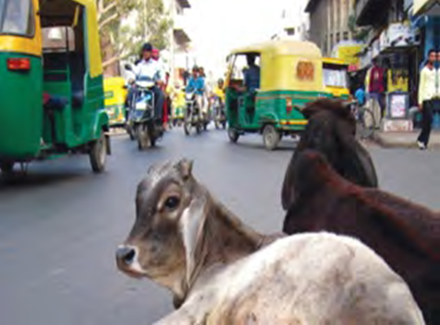
Causes of Repeat Breeding in Indigenous Cow
Indigenous cow-like, Giri, cow, Tharparker, and Kankrej are from the desert area of Rajasthan and Gujarat. In this desert area in the summers the temperature rises up to 50°C, and during winters the temperature touches 4 to 5 C. these animals can standby these temperatures because the humidity is very low and oxygen % in…
read more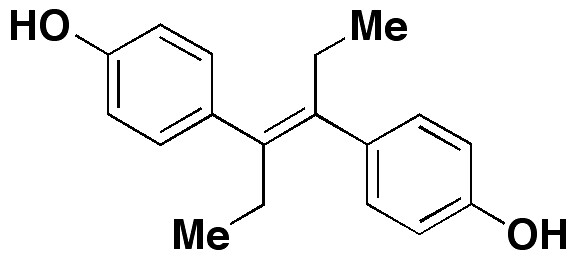
Use of Synthetic Estrogen Diethylstilbestrol in Cow
Diethylstilbestrol is a synthetic estrogen had been used for removal of placenta, after delivery in humans long before 1970. It has been excessively used. However, it had been observed that this synthetic hormone is responsible for caner of humans. So it is banned long before. It also had been used in dairy animals for induction…
read more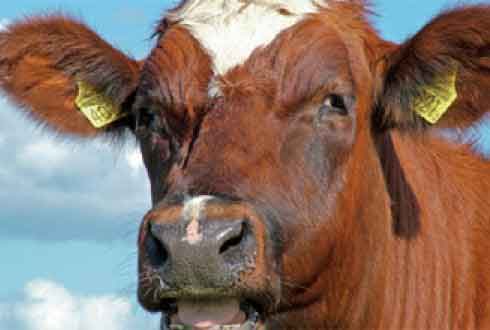
Red Water Disease in Cow
It is a disease of Cattle known as red water disease, it is causing great losses in all breeds of cows and buffalo. Symptoms High temperature, red urine, and anemia, and jaundice, and if not treated initially then the animal may die. This disease does not affect young animals of 6-9 months of age. This…
read more
Microscopic Slides of Babesia bovis and Babesia bigemina
Babesia bovis Babesia bigemina Life Cycle
read more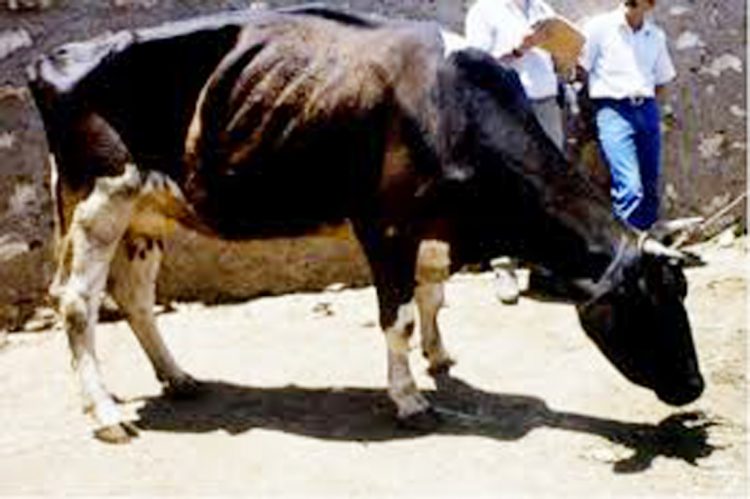
History of Babesia
In 1888 Victor Babeș first identified the causative agent in Romania and believed it to be due to the bacterium he named Haematococcus bovis. He documented the disease by describing signs of a severe hemolytic illness seen uniquely in cattle and sheep. In 1893, Americans Theobald Smith and Fred Kilborne identified the parasite as the…
read more